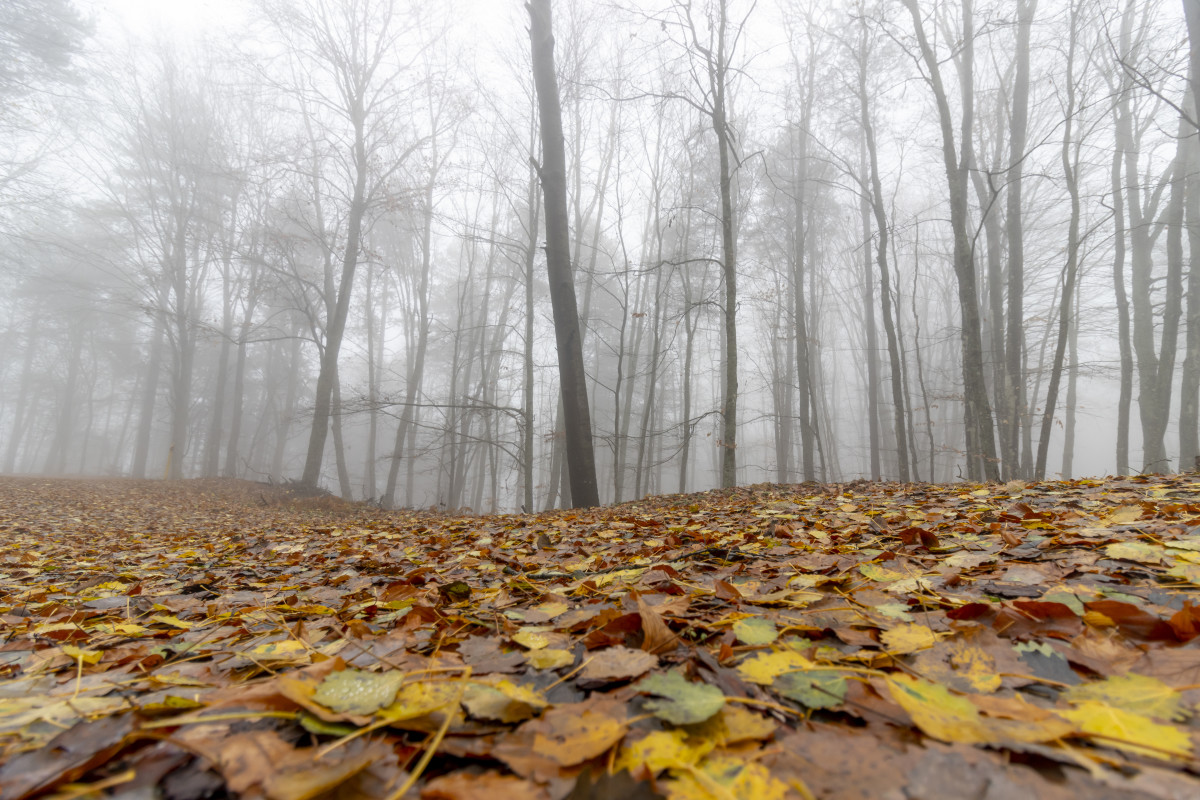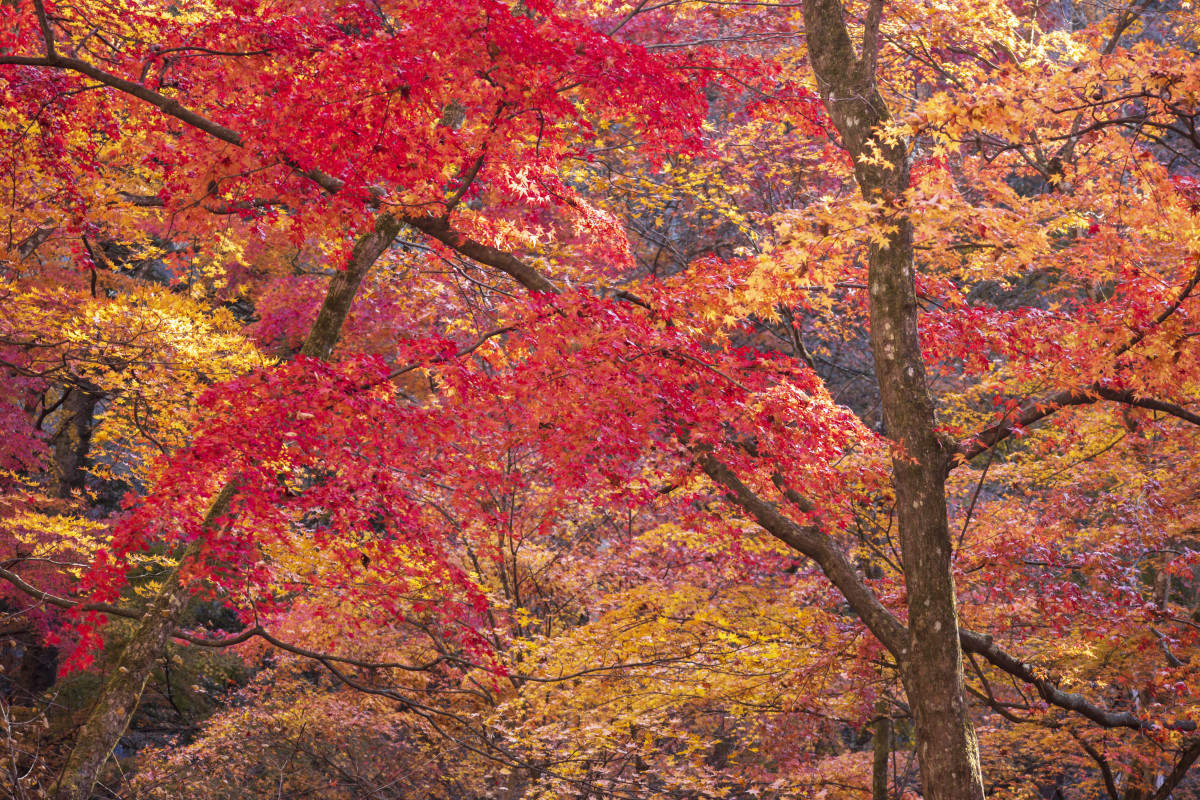
Few things will make a person nostalgic for the fall and winter months like a blistering hot summer. But if you’re one of many already dreaming about the leaves outside your window turning from green to gold, orange, or red, scientists may have some bad news on that front.
According to a recent PBS News Hour report, the same climate changes that caused record heatwaves this summer could be responsible for dimming the coloring on autumn leaves. Professor Bill Keating teaches forest ecology and forestry at the University of Vermont, and Keating says that the intensity and color changes we love rely on a “delicate dance” of nature.
Related: A stinky dog on a plane pushed several passengers to demand refunds
“Trees sense the onset of winter… and as they sense that onset, they begin shutting down, and they try to reabsorb as much of the energy that’s stored in [their] leaves,” Keating explains. Then, the chlorophyll inside the leaves, which gives them their green tones, starts to disintegrate.
“As this happens,” he says, “it reveals other chemicals that have been in the leaves all summer.” These chemicals, he says, are also found in other plants, like bananas and oranges.
“The trees are trying to buffer those leaves and hang on to them as long as possible so that they can absorb as much of the energy stored in those leaves. And to do that, they produce another group of chemicals called anthocyanins, [which] give us the reds and the purples that we find in some species…, and add a lot of diversity to the color that we see.”

More in travel:
- A major airline could be in trouble for a gross (and dangerous) reason
- Rent-a-Castle: How you can work remotely like royalty
- Las Vegas Strip faces a new health problem (thanks Adele)
Don't start swooning yet. Cherished trips to the local park or to a quaint New England town in the fall may not hold the same whimsy for long.
"There's pretty good evidence that climate change, especially our warming summers, is delaying the onset of fall foliage," Keating warns. "There's even some research that's suggested that the onset of fall foliage may have been delayed by as much as a month over the last century."
"The other thing is that climate change can dampen the intensity of the fall foliage, and this happens particularly after extreme droughts, or after summers like we've just had with really extreme rainfall and wet, saturated soils," Keating continues. The bottom line? "Climate extremes create stresses in trees, which can interfere with the production of some of these chemicals that give us color."
Keating goes on to discuss some other theories currently under investigation thanks to scientists. For example, in the Eastern United States, ash and smoke from wildfires could be interfering with tree productivity as well. As several states move into the fall season, local economies rely on a combined more than $30 billion dollars in tourist revenue thanks to the changing of fall leaves, which could be negatively impacted if things don't cool down.
Receive full access to real-time market analysis along with stock, commodities, and options trading recommendations. Sign up for Real Money Pro now.







